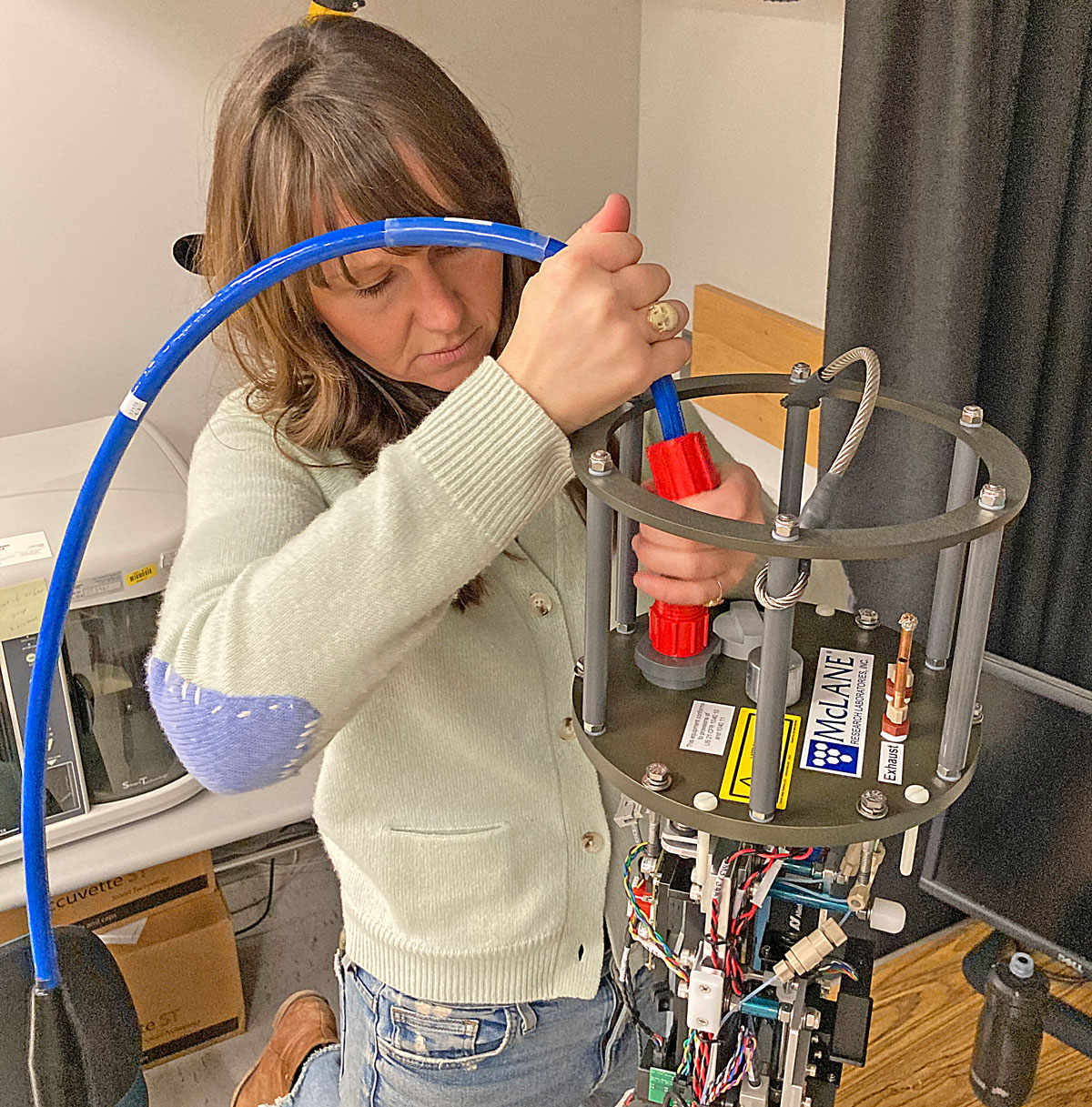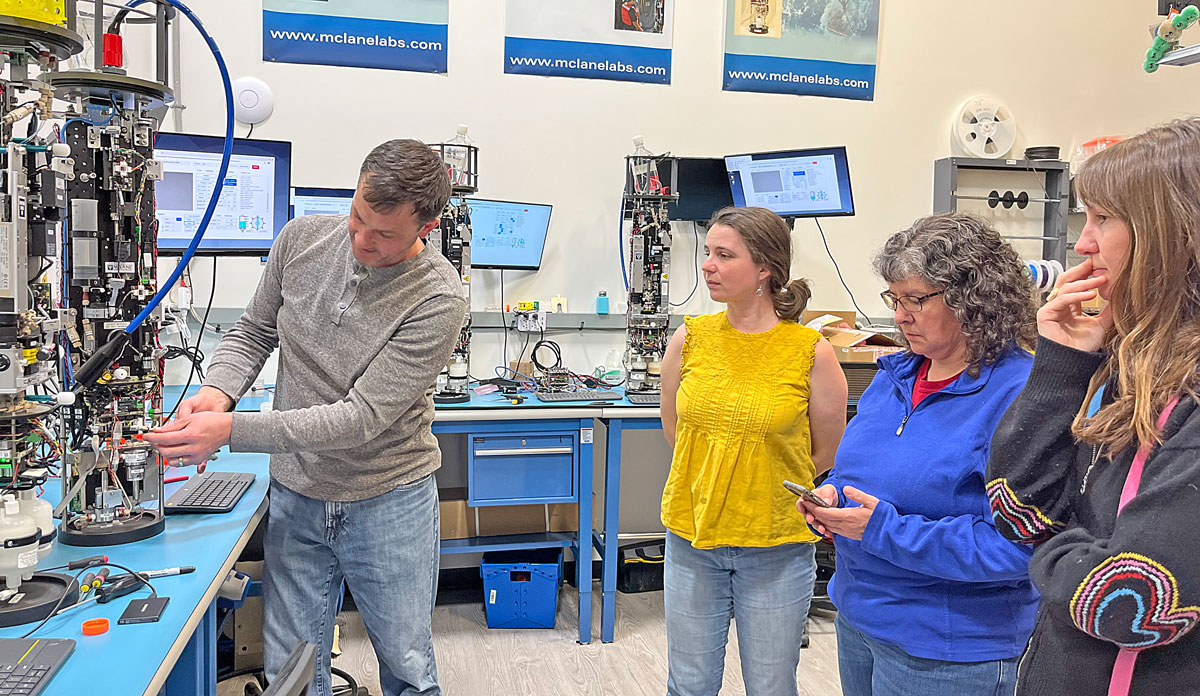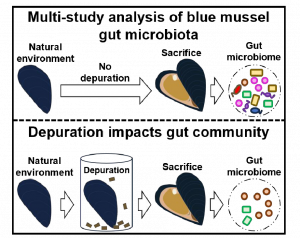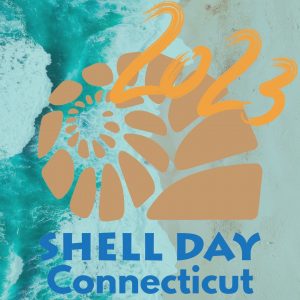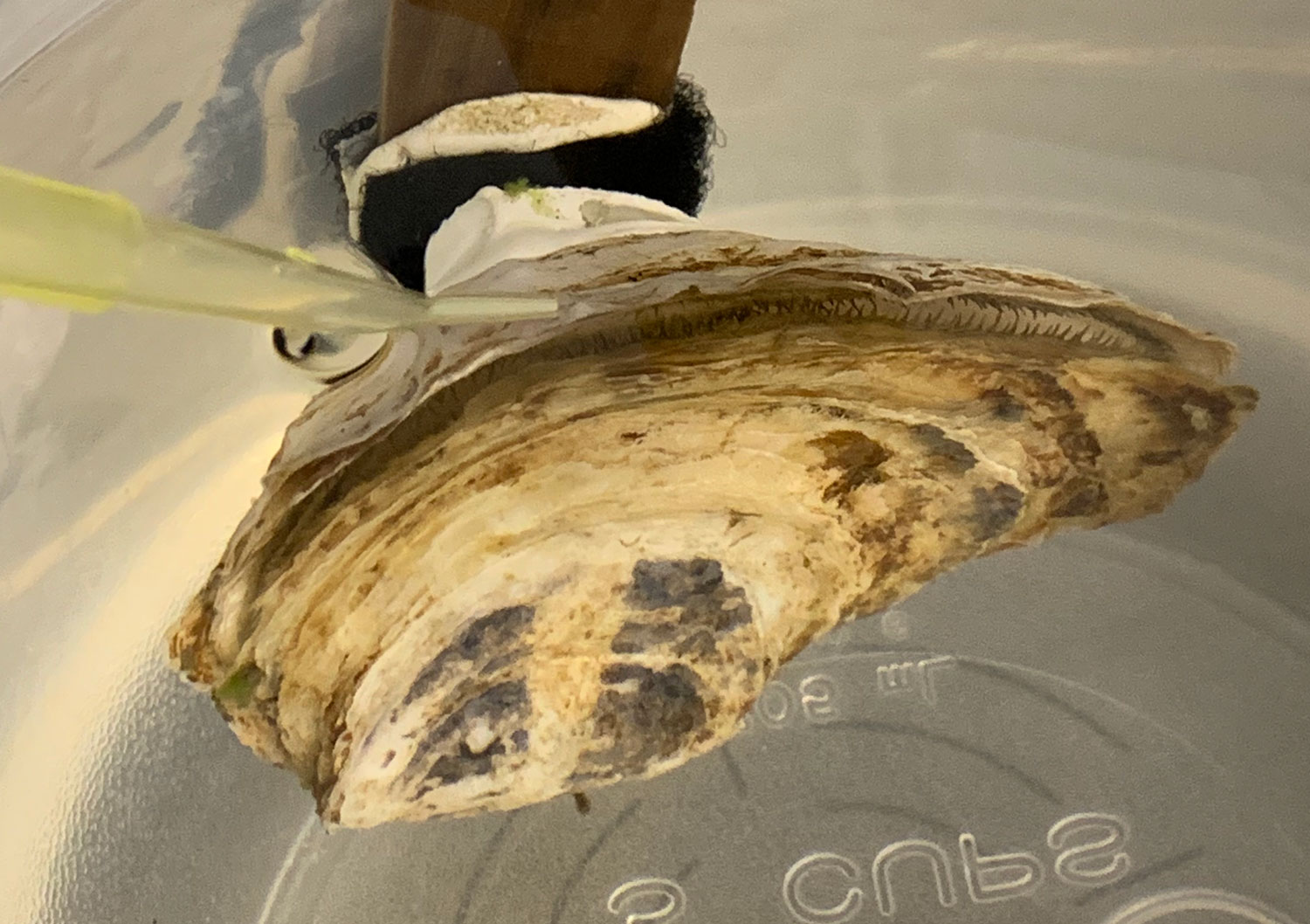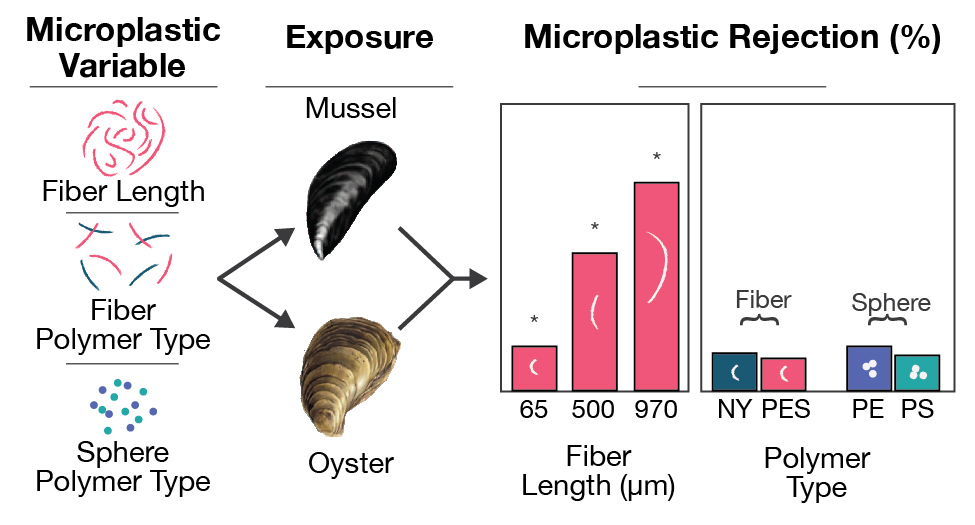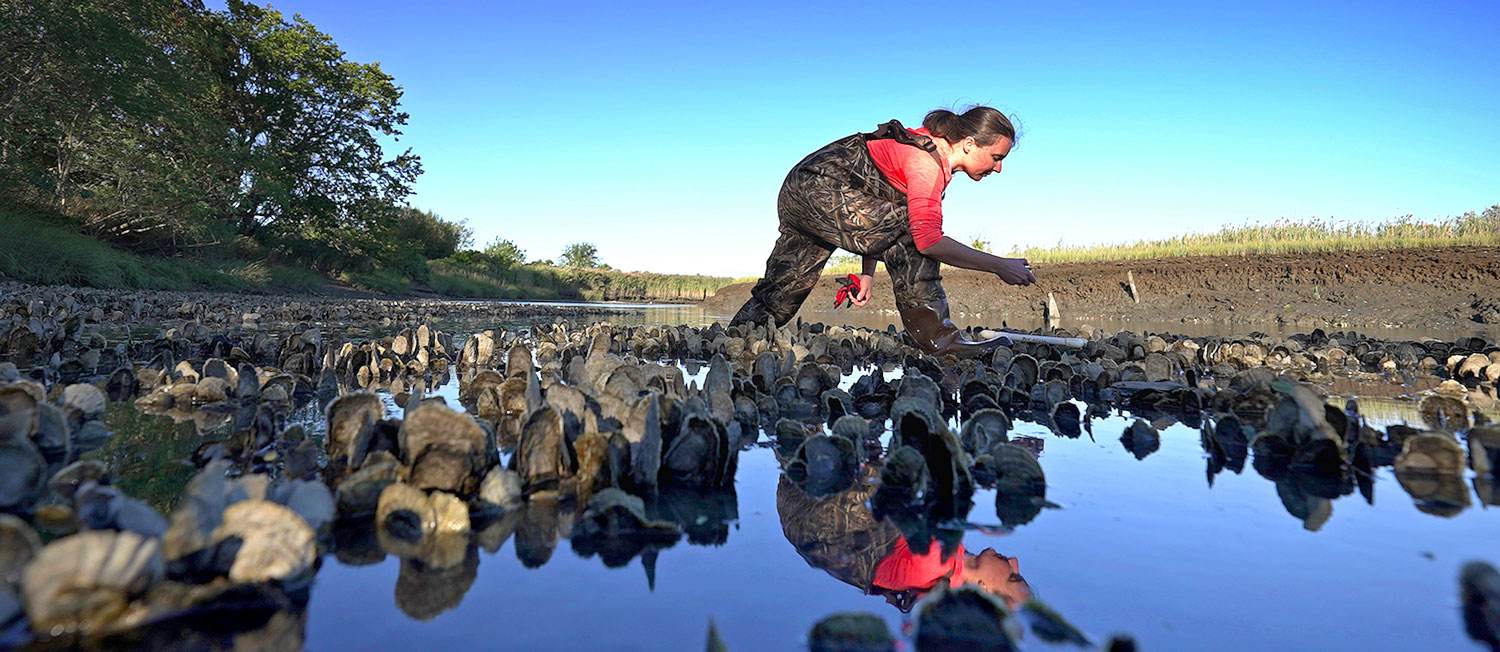The team of DMS researchers Dr. Zofia Baumann, Dr. Kate Randolph and Hazel Levine are happy to share that a major new instrument has begun its long anticipated work. The Imaging Flow Cytobot - or IFCB for short - is for now installed in the Rankin Seawater lab, after being purchased with a UConn-CLAS shared equipment grant nearly two years ago (Dierssen, Baumann et al.).
The instrument has the capacity to monitor and display in real time the breath-taking diversity of microscopic life in the ocean. Our IFCB focuses on the smaller size classes 5 - 150 um, which mostly represent single cell algae and small mixotrophs.
Leveraging additional NSF support, we were able to overcome challenges with operating the IFCB on a routine basis. The IFCB now accesses the intake line of the Rankin Lab (a very small fraction of it) and then photographs any particles and characteristic shapes. The compilation below shows a given size range to illustrate some of the diversity. The IFCB now records these images and displays them on a public-facing online Dashboard, which can be mesmerizing to watch.
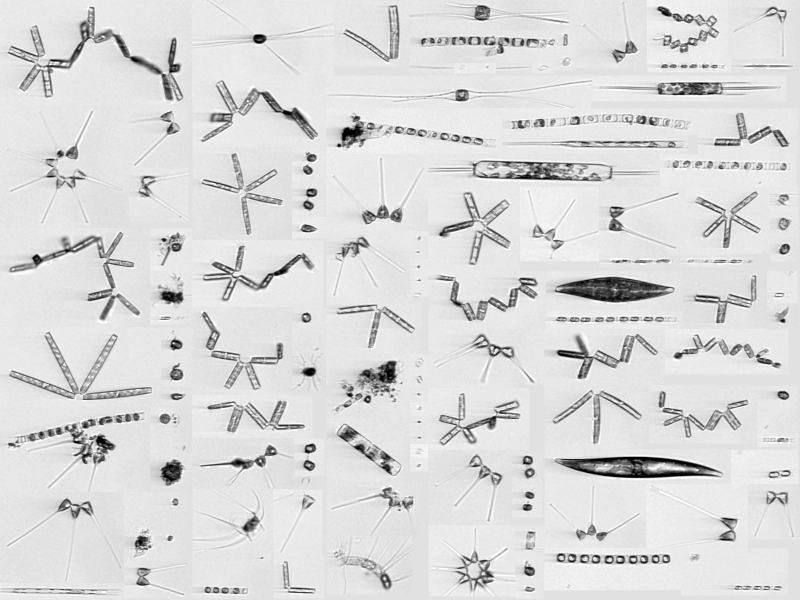
The implementation of the IFCB in Rankin Lab was led by Kate Randolph and greatly supported by Hazel Levine, Bob Dziomba, Charlie Woods, Todd Fake, and Chris Mills! Thank you.
The next step is to develop an AI-based classification system for automatic species identification. This will still take time, but we are collaborating with other IFCB users, including its inventors, and are optimistic about the progress ahead.
